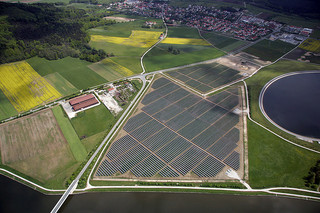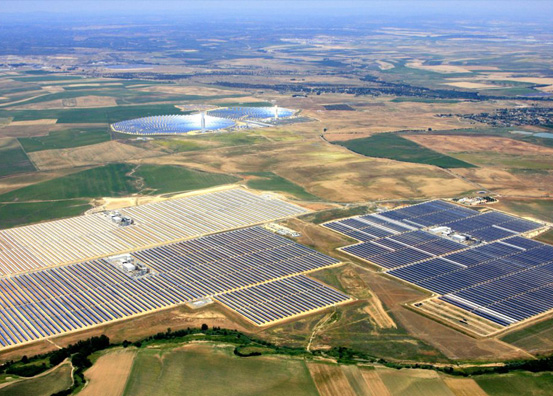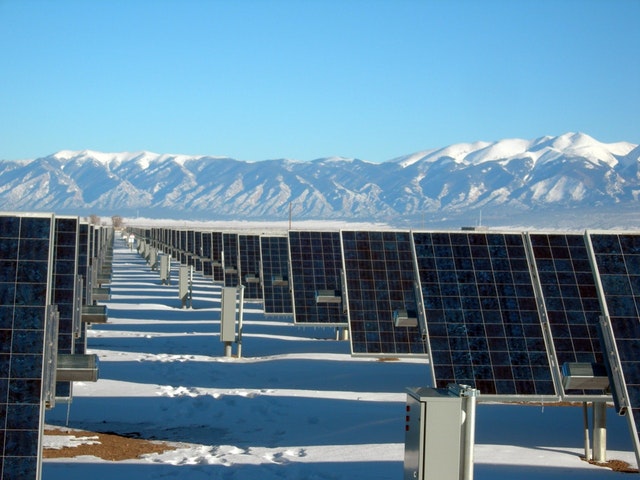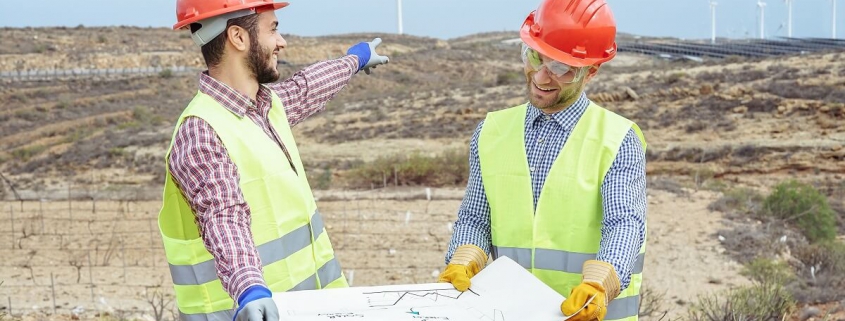Going Solar? Land Surveying Is an Important Early Step
If you’re going to be installing solar, a land survey is an important first step. Land surveys can improve the effectiveness and the safety of your solar installation, thereby making your solar system more efficient and productive. If you want to capture the most from your solar energy installation, solar land surveying can help.
Build Your Solar Installation Where It Needs to Be
The efficiency of a solar power installation is greatly impacted by the placement of the solar panels. With a land survey, you’ll be able to simulate how sunlight will fall upon the areas the solar panels are positioned in. That’s going to give you a better picture of where you can capture the most energy.
That doesn’t just mean capturing energy, it also means avoiding potential dead zones. If parts of a solar panel are consistently hidden behind shadow, the solar panel itself can malfunction. For the ideal solar power installation, you want power to fall evenly across the panels, and you want to be able to simulate how the light is going to fall through all seasons.
Light changes depending on both time of day and season, and that’s going to have a significant impact on how effective your solar installation is as a whole.
Identify Potential Issues with Topography through Land Surveying
Before you can place your solar panels, you’re going to need to review the surrounding terrain. A topographic land survey will illustrate the current relief and the amount of change necessary to achieve the greatest result. You will want to locate your panels on the most level piece of land, as leveling land is expensive, and if you level an area that is overly elevated, it will be even more expensive. During a topographic land survey, you can identify the best possible location for your site.

Solar Energy Plant 
Solar Energy Plant 
A Solar Field
Make Sure Your Surveys Are Correct
Apart from issues with topography, you also need to make sure that your land surveys themselves are correct. If you have a lot of land, and it’s rural, there’s a chance that your property boundaries need to be confirmed.
With an aerial survey, you can make sure that you’ve set your construction limits along your boundary correctly. This avoids the potential that you could develop land or place solar panels on site without realizing that the land isn’t yours, tangling your business in costly legal challenges.
Use Complex 3D Models to Build Correctly
Apart from deciding where to place your survey, land surveys can also be used to create 3D models of your installation. These 3D models can be used to determine whether the weight of the installation could cause too much load on the ground, or could lead to damaging erosion.
It can also be used to determine the solar panel impact on the surrounding terrain, which can be useful for environmental surveys — particularly important for extremely large solar panel installations, or installations that are close to protected territories.
Maintain Your Solar Installation After Development
Land surveying isn’t just important during the development stages of your solar panel installation. It’s also important after. You can use periodic drone surveys to detect things that human inspectors wouldn’t be able to do, such as hairline cracks, or overheating panels. You can then maintain or replace these panels before they become a safety hazard. Regular maintenance checks will improve the overall efficiency of your solar panel installation, which will also mean that it will pay for itself much faster. Solar panels that are not well-maintained could eventually lead to safety risks and other hazards.
So if you are you about to install solar panels, consider getting a survey first. A survey can head off many of the risks associated with a solar panel installation, from installing it in the incorrect location, to installing it where it won’t get enough sun, to even maintaining your solar installation. Contact us today to find out more, and to get a quote for a survey




